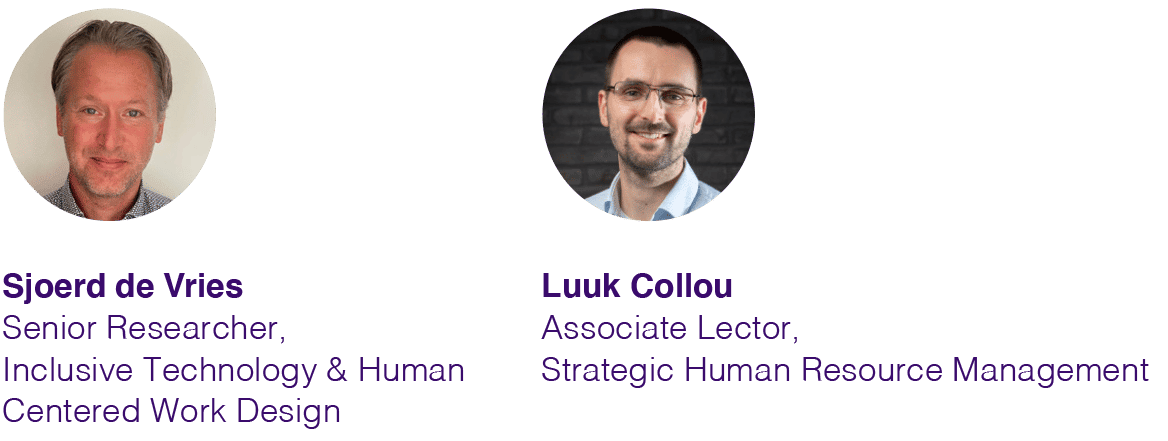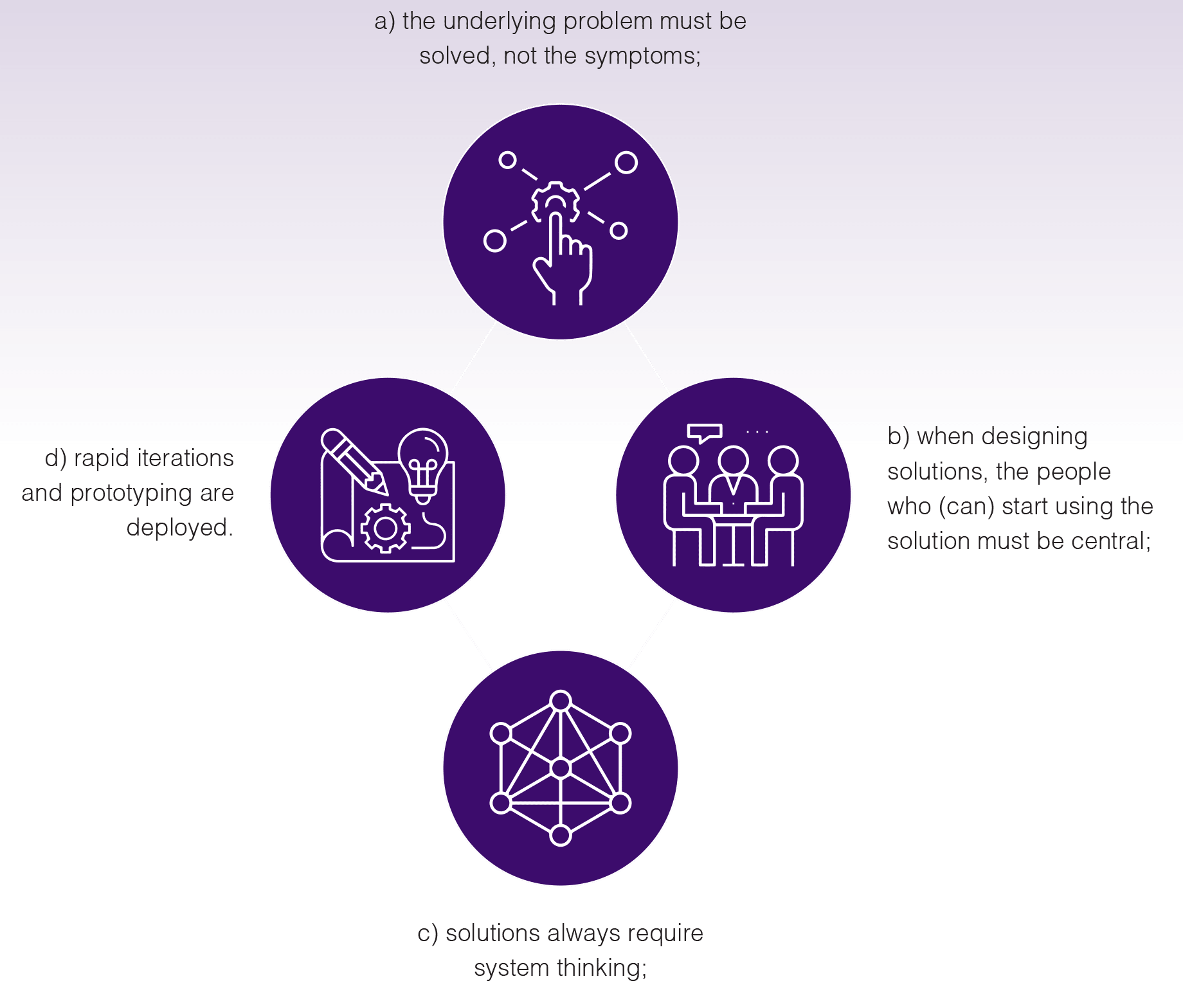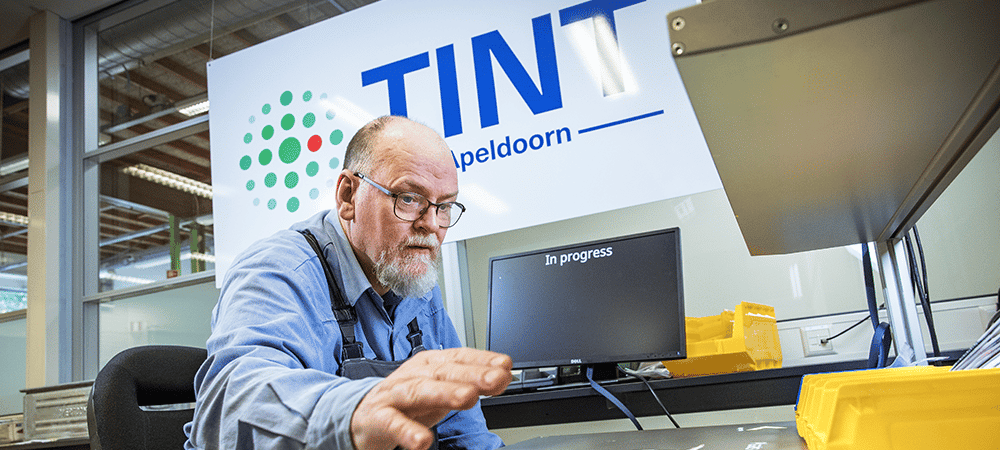TECHNOLOGY: NOT GOOD, OR BAD, OR NEUTRAL, BUT ALWAYS… HUMAN!

Within the Research Group Employability Transition at Saxion University of Applied Sciences, we conduct practical research into themes at the intersection of people, work, and technology. Together with organisations and knowledge institutions, we work on approaches and tools to shape lifelong development, an inclusive society, and people-centred technological innovation.
We study the adoption and implementation of technology for employees. After all, it is not the technology itself, but the way in which it is used, that determines the extent to which the effects are experienced as positive, negative, or neutral for employees. Therefore, we consciously look at dealing with the use of technology in general, particularly in the production process. Specific research questions are for example:
- What are the effects of this technology on the quality of the work of our employees and how do we secure this?
- How can we use this technique to increase the quality, accessibility, and sustainability of our jobs, and thus our production capacity?
- How can we create meaningful and decent work?
Formulating and answering these questions is increasingly important due to the digital transformation. Within the digital transformation, developments in robotics, artificial intelligence, and virtual and augmented reality play an important role. This requires from us, the Research Group, both good knowledge of the employee (work psychology), as well as of the possibilities, opportunities, and risks of technologies. Emerging technologies also often have a direct impact on the production process and the work of the experts, and sometimes lead to suboptimal cooperation between human and machine. But they also offer opportunities!

When HR is not involved, this can lead to non-optimal deployment of employees in the production process, which reduces the quality of work and reduces the autonomy. The effects on the quality of work depend on how the cobot is used.
In principle, jobs can be enriched with the use of technology, which increases opportunities on the labour market and the quality of work, especially for people who are currently experiencing a distance to the labour market. It is important to pay attention to maintaining the vitality of employees and the chance to have employees develop in the workplace and to keep them sustainably employable. For a large group of people who now find it difficult to connect to the labour market, new forms of work can arise. This group receives dignified and meaningful employment and is challenged to develop further. However, raising awareness about and acting upon the possibilities (and possible risks) of this technology is a major challenge. This is not always done optimally, which means that companies miss opportunities to strengthen their company and their employees. With people-oriented technology development, we try to contribute to ensuring that current employees remain connected and/or that new employees with a distance to the labour market, for example due to a physical, sensory, intellectual, or psychological work impediment, are connected, and that this is continuously well monitored and supported at work.
Who are we?
At the Saxion Research Group Employability transition, we, Sjoerd de Vries and Luuk Collou, together with a large group of colleagues, are conducting research into the ways in which technology can be used in a people-oriented way. Under the leadership of professors Stephan Corporaal (Human Capital) and Jan Willem de Graaf (Brain & Technology), our mission is to contribute to the quality of work with practice-oriented research, in which lifelong development is a given, and technology strengthens the human.
One of the places where we do this research, is the Technohub INclusieve Technologie (TINT) in Apeldoorn. TINT is a collaboration between public-private parties, such as Aventus, Lucrato, VDL, and IJssel. TINT focuses on sharing knowledge and practical applications of inclusive technology. Inclusive technology offers a solution to people with a distance to the labour market, who, for example, can do assembly work thanks to instructions by a beamer that projects on the worktop. More on visually projected instructions will come later. Inclusive technology can also be used for people are at risk of getting a distance to the labour market. With this, technology can make working more pleasant and valuable for everyone. With the use of augmented reality, for example, via an Operator Support system (OSS), tablet or smart glasses, cognitively intensive work processes can be made easier. With an exoskeleton, physical work processes can be supported in a similar way. By involving people in the (re)design of production solutions from day 1, work processes can be better tailored to the person.
The TINT was founded with financial support from A+0 Metalektro and aims to make and keep people sustainably employable. We do this by making knowledge with regard to the use of inclusive technology easily accessible, and with support and guidance for companies and employees in the TINT Lab. In the TINT Lab, companies, employees with and without occupational disabilities and other interested parties can experience the possibilities of Inclusive Technology and together with stakeholders we look for solutions for practical issues.
The Human Centred Design approach (HCD) is always used as methodology. This turns out to work very powerfully. For each issue, all relevant stakeholders are involved during various solution steps, from, for example, an operator to a job-seeking candidate with an impediment, or from an older employee with RSI symptoms to an engineer. HCD is based on the principles that

HCD often consists of 3 phases: inspiration, ideation, and implementation. With this, an issue related to human-technology interaction in the workplace can be investigated.
Each step can be taken and competed multiple times if a solution has not yet been fully achieved yet. The end user (the operator, the job seeker with an impediment) participates in the design of a (technological) solution in several iterative steps.
The HCD method and the above approach sounds logical and is essential to achieve human production processes. Unfortunately, in reality this is still far from being applied in every case. If this method is used though, we see wonderful results. At Lucrato, for example, the assembly of door locks was investigated. A complex work process for employees with, for example, concentration problems, or employees who are afraid of making mistakes. To solve this, the entire work process has been shaped in such a way, that it is easy for everyone to follow the process through small steps (see figure 2). They are namely supported by visually projected instructions and motion detection, based on the needs of the employee. The result is that employees are less likely to get distracted, are able to go back and forth through the steps, and thus have control over the work process and by camera detection and direct feedback the number of flaws will reduce. HCD of cognitive support ensures in this way that people with a lacking or lower level of education can still do more complex work, the work is regarded nicer (more autonomy is experienced), and people can develop in the workplace.

Via an OSS, cognitive support in the form of augmented reality allows more complex tasks to be done by more people and reduces errors.
Other examples of human-centred inclusive technology are cognitive support through AR, training and education with VR, digital work instructions, the use of an exoskeleton, and 3D printing of tools. It could also consist of a translation device or noise cancelling headphones.
It often pays off to first take a step back and look carefully at which solution can be most effective for a certain situation. Sometimes it is a simple adjustment in the workplace (colour coding, more poka yoke – or error-proof organising), sometimes it means looking differently at the different processes and jobs, redesigning work, and, for example, cutting a complex process into less complex stages, so that the production line is improved, and more people can be employed in a dignified way. Participants of TINT can experience what can be achieved with each technology in the lab, they can study several modules, and participate in a learning community where they work with students and employees of TINT on projects and practical cases of companies.
Conclusion
All the time, working on human-centred technology development requires careful analysis and organisation of the entire “system”, including the employee, the work process, and the specific technology. Ready-made solutions are usually not available. In this way working with the HCD method also requires the employer and the entire organisation to look at (some) business processes differently, for example by dividing them up (“carving” them) and thus involving a larger group of people (with support) in the labour process.
This makes this method intrinsically interdisciplinary: psychology, (technical) business administration, and engineering, amongst others, are involved. All these disciplines are important to bring this knowledge into practice. Developing an inclusive work culture and guiding the organisation in this, plays an important role when implementing the solutions. All these therefore are central to our research. As a result, the human capital solutions that are created in this way not only have an impact on the employment issue, but actually also have a very direct social impact.